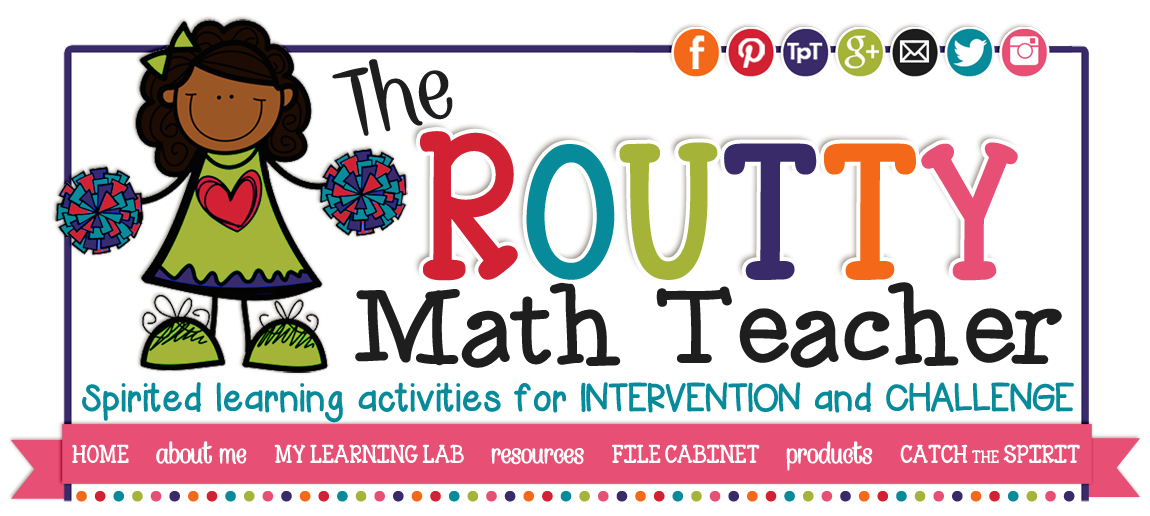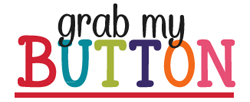Help Posters- I’ve
been using the 5-E model to teach my math lessons for many years. I’ve been
very successful with this format, but I always felt that the “Explain” portion
of the lesson model was my cue to steal the show. Last year, I read an article about
the 5-E Model and found out that I wasn’t the one who was supposed to do the
explaining, the students were! As hard as it was, I decided to give it a try.
And, VIOLA! It became one of the best changes I could have made.
These days,
instead of me creating the notes for the students' math notebooks and asking them to
copy them, the students create their own learning posters. Using this method, the students' notes are in their kid-friendly language and they are more likely to understand them when they refer back to them for help later. I generally include
them in the students’ math notebooks, but you could try replacing your anchor
chart with a student-created poster every once in a while. The students love
getting to design something with markers and colored pencils and you can really
get a sense of whether the students understand the skill or concept that you
taught by their explanation.
I usually have the students work in groups to create what they want the
poster to say and I monitor them during this time, but they can create and decorate the poster individually. While the students are working, I try to support them by asking if certain things should be included, such as "When we are adding and subtracting decimals, should we remember to fill-in the empty spaces in our problem with zeros? Do we need to include that on our poster?" This ensures the most important things are included, but the students still take ownership in the creation of the poster. See the example below.




















































